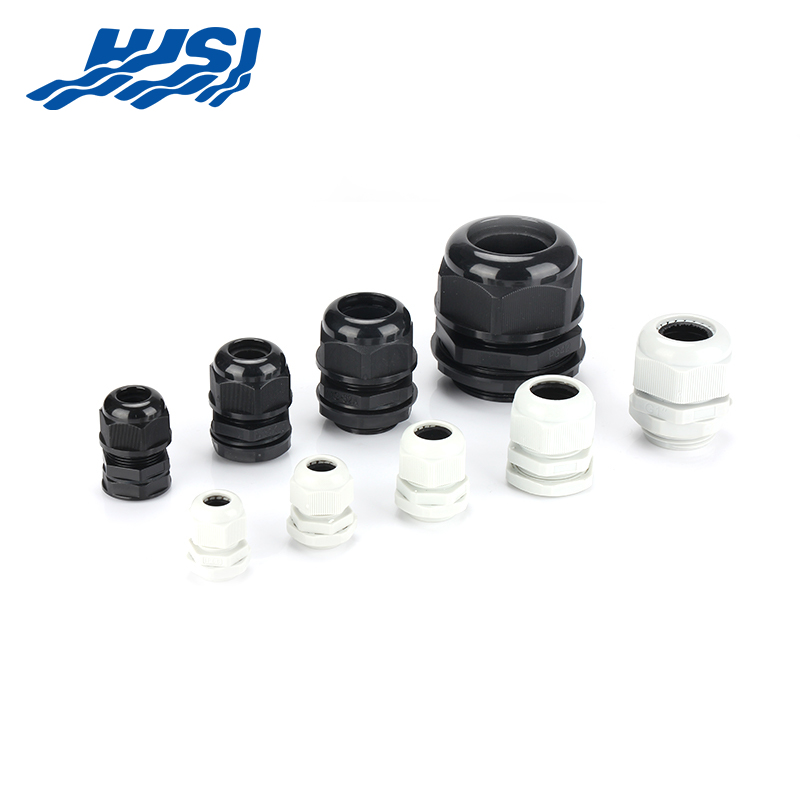In the realm of electrical engineering and installations, the reliability and safety of connections are paramount. This discusses three essential cable solutions that play a crucial role in ensuring the integrity and performance of electrical systems: Waterproof Power Cables, Heat Solder Wire Connectors, and Cable Wire to Cable Wire Connectors. These products are designed to meet the demands of various applications, from outdoor installations to intricate wiring tasks.

Waterproof power cables are engineered to withstand harsh environmental conditions, making them ideal for outdoor and underwater applications. These cables are constructed with a robust outer sheath that repels water and protects the internal conductors from moisture, ensuring reliable power transmission even in wet or submerged conditions. The design of waterproof power cables includes features such as:
1. Durable Insulation: The insulation material used in these cables is resistant to abrasion, chemicals, and UV radiation, which is essential for long-term performance in outdoor settings.
2. Flexible Construction: Despite their robustness, waterproof power cables maintain flexibility, allowing for easy installation in tight spaces or around corners.
3. High-Quality Conductors: The conductors within waterproof power cables are typically made from copper or aluminum, providing efficient electrical conductivity and resistance to corrosion.
Heat solder wire connectors are used to create strong, permanent electrical connections between wires. The process of soldering involves melting a filler metal (solder) into the joint between two wires, creating a metallurgical bond that is both mechanically strong and electrically conductive. The advantages of using heat solder wire connectors include:
1. Reliable Joints: Solder connections are known for their reliability and longevity, as the solder forms a solid joint that is resistant to vibration and temperature changes.
2. Easy to Use: Soldering irons and solder wire are relatively easy to handle, making this connection method accessible to both professionals and hobbyists.
3. Versatility: Heat solder wire connectors can be used with a variety of wire types and sizes, providing flexibility in different wiring scenarios.
Cable wire to cable wire connectors, also known as wire connectors or spade connectors, are used to join two or more wires together without the need for soldering. These connectors are designed for quick and easy attachment, often with a simple push or twist mechanism. The benefits of using cable wire to cable wire connectors are numerous:
1. Speed and Efficiency: These connectors can be installed quickly, saving time and labor costs in wiring projects.
2. Safety: Many cable wire to cable wire connectors are designed with safety features such as insulation displacement, which ensures that the wires are held securely and reduce the risk of short circuits.
3. Reusability: Unlike soldered connections, cable wire to cable wire connectors can be easily disconnected and reconnected, making them ideal for temporary or adjustable wiring setups.
Each of these cable solutions serves a specific purpose in electrical installations. Waterproof power cables are essential for outdoor lighting, marine applications, and any situation where cables may be exposed to water. Heat solder wire connectors are preferred for applications requiring a strong, permanent bond, such as in electronic device manufacturing or automotive wiring. Cable wire to cable wire connectors are commonly used in home electrical installations, where ease of installation and the potential for adjustments are important.
When selecting the appropriate cable solution, it's crucial to consider the specific requirements of the project, including the environment, the type of wires being used, and the desired permanence of the connection.
In conclusion, waterproof power cables, heat solder wire connectors, and cable wire to cable wire connectors are indispensable tools in the electrical industry. They each offer unique advantages that cater to different needs and scenarios.